When it comes to your online business, is your main objective to close the gap on cart abandonment, increase transactions and sales revenue, ultimately bringing in more sales at a lower cost?! We would hope that this resonates with most business owners, whether or not you know what Facebook dynamic remarketing is or even what reducing cart abandonment entails. If so, then this strategy should absolutely be at the forefront of your marketing endeavours, or at least included in your essential, ‘must do’ list.
As the digital space becomes increasingly crowded with persistent, irrelevant and impersonal messaging and ad bombardment, it can be extremely hard to cut through the noise and make your brand voice heard. A lot of blood, sweat and tears goes in to getting your brand out there, driving traffic to your website and acquiring new customers. Once all the hard work has been done in getting these people, then there’s the even harder task of encouraging them to convert and make a purchase.
With conversion rates ever decreasing and the number of touchpoints that customers interact with before converting, ever increasing, it’s seriously tough to turn those website visitors into paying customers. What dynamic product remarketing brings to the table, is the ability to target those visitors, who have browsed and perused your site, then maybe added a product or two to their cart but didn’t purchase. Dynamic remarketing allows you to hone in on those visitors and remind them of the products that they could have bought.
Particularly for fashion retailers, this FOMO (fear of missing out) strategy can be very, very effective and it’s now extremely easy for any retail business to capitalise on these warmer leads and convert them to sales. Gone are the days of having a number of complex steps involved in setting up dynamic social remarketing campaigns. In fact, once you have your product catalogue uploaded, it’s only a matter of checking a few boxes and letting facebook do the rest.
Start with your product catalogue
To begin with, you will need to upload your full catalogue of products. You can do this by going into your business manager > assets > catalogs and clicking on ‘create catalogue’. You can either upload a CSV file or connect through your web platform (e.g. shopify, magento or woocommerce).
Create your campaign
When choosing the objective, go to the conversions column, choose catalog sales and then select your product catalogue. The next page then clearly lays out the various different options that you can choose, depending on what your goal is.
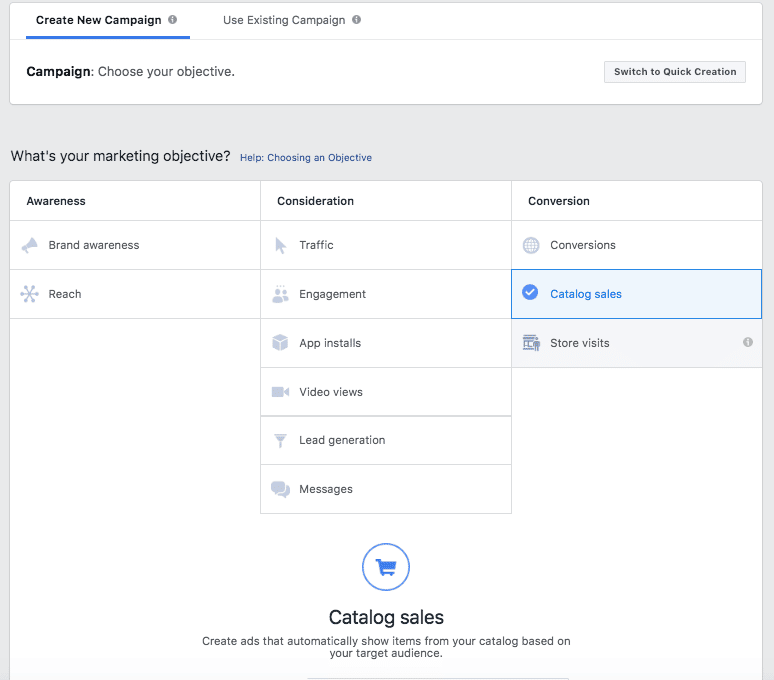
Choose your audience first, ‘retarget to people who visited your website or app’ and then select your strategy.
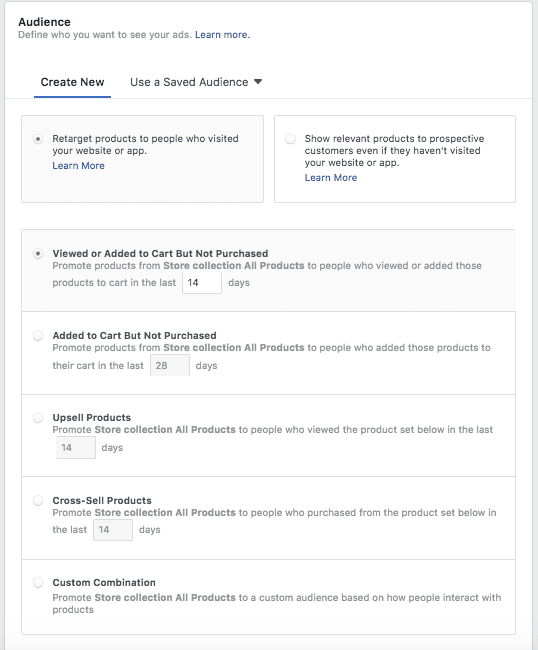
Viewed or added to cart but not purchased – promote products that people have browsed or added to their cart/basket. Test different retention windows, from 30 to 90 days, to see which performs best. Only retargeting up to 1 week after they’ve viewed the product may not be long enough, but 30 days might be the perfect option as it falls after payday. You won’t know until you’ve tested it.
Upsell products – present higher ticket items, that are similar to what they’ve previously purchased.
Cross-sell products – showcase complimentary or matching items, based on what the user has purchased previously.
Create your ads
Carousel or collection ad units are proving very popular, as they allow advertisers to showcase a number of products that have been viewed previously, with the collection ad unit creating almost a magazine worthy, editorial style layout for users to shop.
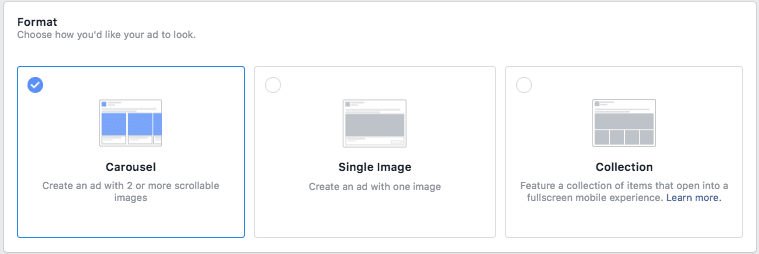
The headline and feed link description field gives you the option to choose which dynamic content you want to display, from the product name and brand to the current retail price.
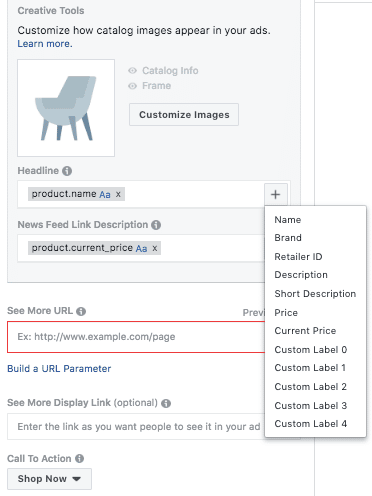
Automation still requires observation
Once your campaign is set up, facebook will do the hard work for you, but you still need to oversee. Monitor your campaign performance and look out for high frequency counts and high CPCs. You may need to split out your campaign further, with different ad sets targeting specific retention windows (e.g. 15 days, 30 days, 90 days) in order to get the most out of your budget.
With the most important online shopping events of the year coming up, can you afford not to do dynamic remarketing?!
Related Blogs:
Facebook Ads Checklist For 2022
Facebook Ad Issues – Important Information

